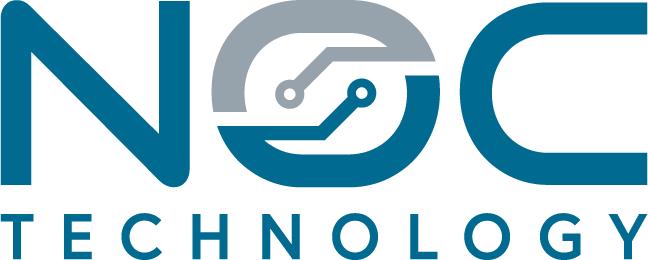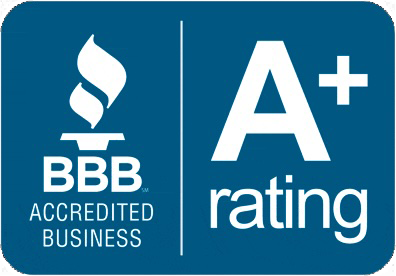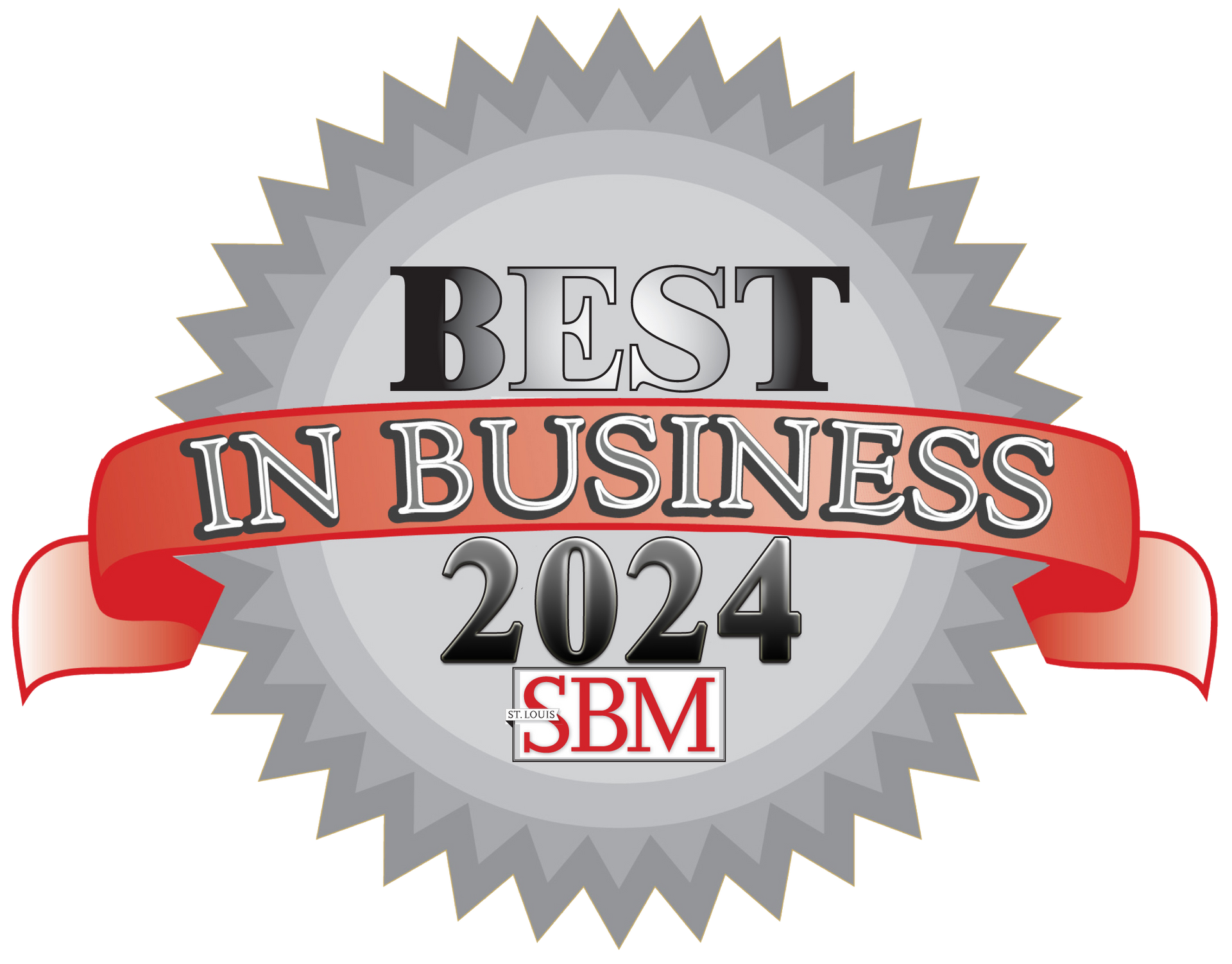Jon Lober is now CEO of NOC Technology
by | NOC Technology
Planned leadership transition effective April 1, 2023

On April 1, Greg Johnston completed a planned transition away from his position as chief executive officer of NOC Technology. Greg looks forward to more time with his family and investing in his beloved hometown of Washington. NOC’s Vice President, Jon Lober now assumes the role of CEO at NOC Technology.
Greg founded Wash PC in 2009 with the desire to meet the growing technical needs of the Washington, MO, area and catalyze employment opportunities for local tech workers. Over the past fourteen years, that endeavor has grown into two thriving companies that collectively employ more than twenty high-tech workers. All of us at NOC are grateful for Greg’s dedication, vision, and commitment to a thriving team.
In addition to proactive communication, NOC also prides itself on smooth transitions for our clients when we begin working together. In the same way, we have also prioritized a smooth internal transition for our own team during this period of Greg’s departure.
For the past two years, NOC’s VP, Jon Lober, has been working closely with Greg – slowly assuming an increasing amount of responsibility for the business’s daily operations and strategic direction. Since joining NOC in 2018, Jon has played an essential role in the trajectory of the company – advocating for the decision to found NOC Technology as a separate SME-focused MSP and guiding the business through its subsequent period of rapid growth. Since the beginning of Jon’s tenure, NOC’s team has grown from eight to twenty employees, moved locations, and overseen the development of NOC’s state-of-the-art tech support and data center.
NOC thanks Jon for his leadership up to this point and congratulates him on his selection as our next CEO. We trust his focus on effective strategy, flexibility, and unparalleled customer service will continue to lead the business on the right path.




